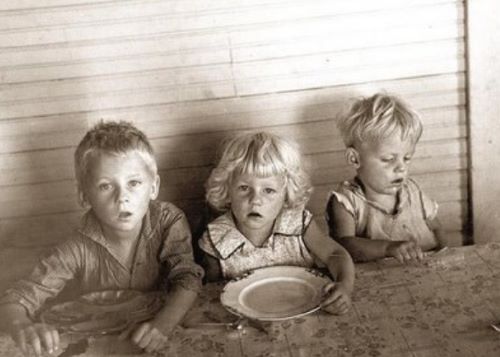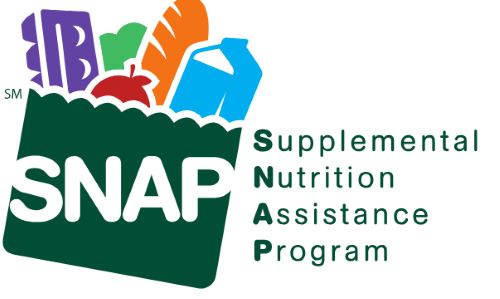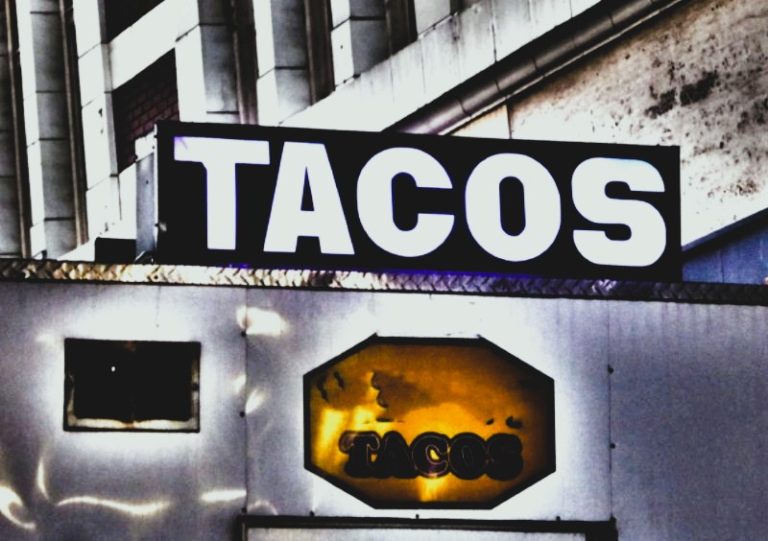

Trump’s Big Ugly Bill slashes nutrition aid, leaving millions of children at risk of hunger as school meal programs are gutted.

By Matthew A. McIntosh
Public Historian
Brewminate
A Victory for Some, a Loss for Many
It was hailed by its proponents as a triumph of fiscal responsibility and “American greatness.” Passed by the new Republican majority and signed by President Trump in the second quarter of 2025, the “Big Beautiful Bill” is a sweeping piece of legislation aimed at reducing government spending, consolidating welfare programs, and “restoring personal responsibility” in the American economy.
But beneath the celebratory language and nationalist flourish, the bill contains provisions that are already sending tremors through the country’s most vulnerable populations—particularly children. By dramatically slashing funding for federal nutrition programs, restricting eligibility for free and reduced school meals, and capping SNAP benefits for low-income families with children, the legislation may plunge millions of kids into food insecurity just as schools prepare for the next academic year.
The Disappearing Lunch Line
Among the most consequential changes is the rollback of Community Eligibility Provision (CEP) waivers that had allowed entire schools in high-poverty areas to offer free breakfast and lunch to all students, no paperwork required. Under the new law, schools must revert to traditional income verification processes, which researchers warn can be both bureaucratically burdensome and deeply stigmatizing.
In practical terms, this means that children who previously relied on universal free meals will now face a different reality: pay, prove your need, or go hungry.
According to the Food Research & Action Center (FRAC), the CEP program had helped feed over 20 million children daily since its expansion under pandemic-era emergency waivers. The new law threatens to reduce that number by as much as 40 percent, particularly affecting students in rural districts and urban schools where many families hover just above the eligibility line.
Cutting SNAP at the Knees

The bill also includes aggressive reforms to Supplemental Nutrition Assistance Program (SNAP) eligibility, imposing new work requirements on adults with children and tightening asset limits that previously allowed struggling families to maintain small emergency savings.
SNAP currently serves around 12 million children in the U.S., and even temporary disruptions in access to benefits have been shown to reduce calorie intake, impair academic performance, and increase hospital visits related to malnutrition. A 2022 study published in Pediatrics found that children in SNAP households were 43% more likely to consume nutritious meals at home, including fruits, vegetables, and whole grains—meals that are now likely to become scarcer.
Ironically, many of these same children are already dealing with the aftermath of pandemic learning loss and economic strain. Experts warn that stripping food assistance from this demographic could create a multi-generational crisis, undermining both cognitive development and long-term educational attainment.
A Familiar Rhetoric, a New Landscape
In press briefings, Trump has defended the cuts as necessary for “trimming the fat from Washington’s bloated welfare state,” echoing language from his first term while doubling down on nationalist appeals. “We don’t need socialist handouts,” he said during the signing ceremony. “We need strong families and proud Americans.”
But for many families, the struggle isn’t about pride—it’s about survival. And for school administrators, teachers, and lunchroom staff, it’s about preparing for a school year where children may come to class too hungry to learn.
The administration’s focus on “parental responsibility” also collides with real-world data: according to the Urban Institute, nearly 70% of households receiving SNAP have at least one working adult, often in sectors like retail, hospitality, and caregiving—industries that offer few benefits and little flexibility.
The Long-Term Cost of Hunger
Research from the Brookings Institution has long shown that childhood hunger doesn’t just affect short-term concentration—it also correlates with increased dropout rates, chronic illness, and even adult earnings. Every dollar invested in child nutrition programs returns as much as $3 to $5 in long-term economic value, from reduced health care costs to increased productivity.
Yet these programs, often invisible to those who don’t rely on them, are now being sacrificed in the name of fiscal optics. Critics argue that the real motive behind the bill is not efficiency but ideological retrenchment—a return to punitive welfare policies masked as economic discipline.
A Nation on Two Plates
Perhaps the most chilling aspect of the “Big Beautiful Bill” is not its numbers, but its narrative. In dividing the country into the deserving and the undeserving, the responsible and the dependent, the bill resurrects a mythos of American ruggedness that leaves little room for structural poverty, disability, or generational disadvantage.
The result is a country split not by ideology, but by access: one plate brimming with abundance, the other scraped clean.
As food banks brace for a surge in demand and advocacy groups scramble to decode the fine print of the legislation, one thing is clear: hunger is not an abstract consequence. It is a lived reality. And under this new law, more children will face it alone.
Originally published by Brewminate, 07.11.2025, under the terms of a Creative Commons Attribution-NonCommercial-NoDerivatives 4.0 International license.


